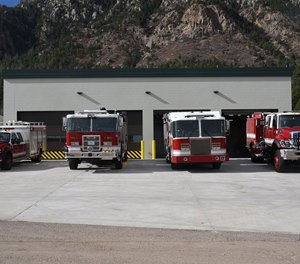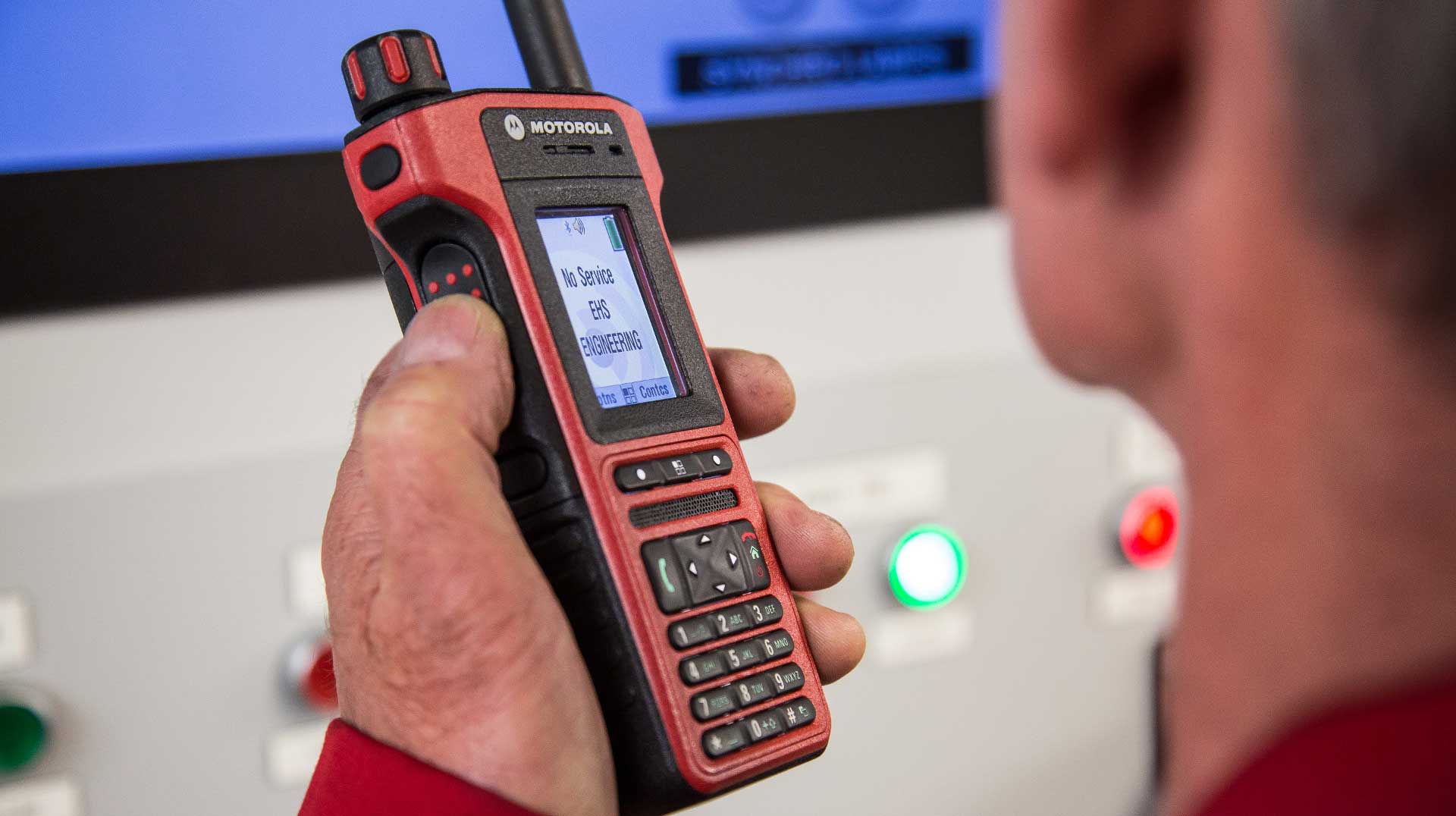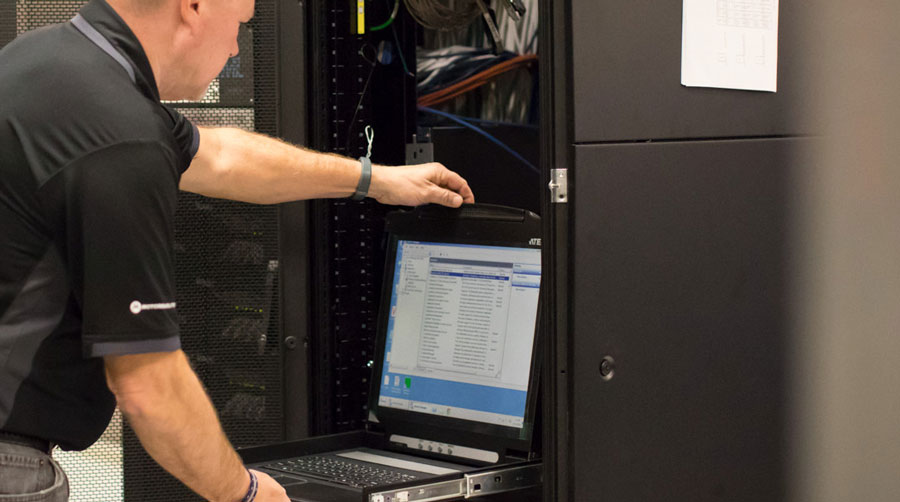The new world of the “internet of things” is creating widespread connectivity for homes and businesses through remote control and various sensors (e.g., temperature, light, motion and detection) and fire stations are no exception.
Here are six smart functions that can bring the IoT into your fire station.
1. Fire station automation and control systems

The new world of the “internet of things” is creating widespread connectivity for homes and businesses through remote control and various sensors (e.g., temperature, light, motion and detection) and fire stations are no exception. (Photo/USAF)
Sure, remote controls for opening and closing doors have been around for years. However, today’s technology goes further by ensuring that the apparatus door is completely open and providing visual cues to the driver operator and officer that it is safe for the vehicle to move forward.
But wait, there’s more. How about not only controlling the apparatus bay doors, but turning off appliances, controlling traffic lights and activating diesel exhaust systems? Those are some of the capabilities available today. Other fire station automation options include:
-
- Turn text into human-like voice announcements over a fire station’s audio system with CAD text-to-speech technology.
- Set custom alert tones by type of alert.
- Notify dispatch that the station was alerted.
- Reduce firefighter and EMT stress with ramped alert tones.
- Select specific areas where you want lights and tones activated when a call for service comes in with dormitory zone alerting (e.g., only the dormitory where the ambulance crew is sleeping when a medical call is received).
- Allow dispatch personnel to monitor and control the fire station security system while the station is empty with remote monitoring.
2. Automated door lock/opener systems
Electronic entry, enabling user access via their smartphone, a key card or a numerical code, means no more fumbling for keys, and codes can be changed quickly and easily providing convenience and added security.
Mobile apps allow remote monitoring and the ability to lock or unlock doors from anywhere (e.g., when mutual aid companies need to get into your station for a station fill-in). During this time, you could also secure specific areas of the fire station (e.g., offices and dormitories), and, after they leave, you could have peace of mind knowing the station and all its doors are once again locked.
3. Programmable or motion-activated lights
What’s not to like about improved facility security and reduced electricity costs? These smart systems can be programmed to:
- Turn lights on/off at specific times.
- Turn lights on/off according to room occupancy or movement.
- Create the illusion that your fire station is occupied 24/7 for improved security. What a great feature for all-volunteer departments, right?
4. Advanced security and surveillance systems
Security and surveillance systems enable you to see what’s happening at your fire station day or night and can also send instant alerts via smartphone when an intruder activates the system.
In addition, these systems can possibly give your smartphone a camera view of the intruder. You would be able to send a voice message like this over exterior station speakers: “You’ve been captured on surveillance cameras and local law enforcement has been alerted to your unauthorized presence.”
Theft and vandalism of expensive equipment, apparatus and personal vehicles has become a major concern for many fire departments, especially volunteer-staffed departments whose facilities may go unattended for days at a time. A smart security system can help thwart thieves by keeping eyes on the station 24/7.
5. Indoor air quality monitoring systems
There are systems that can identify potential air quality issues and prevent serious health exposures to your members and visitors to your station. The particulates and gases present in diesel engine emissions – and the growing awareness for the health risks they pose – can be a problem in any fire station. Who wouldn’t want to have a system that ensures good indoor air quality?
6. Programmable or zone-based thermostats
Programmable thermostats can improve comfort levels and lower heating and cooling bills. Such systems can be programmed to schedule heating and cooling by shift or area. I mean, is there any fire station where all shifts agree on what’s too hot or too cold? These devices can also be designed and programmed to automatically detect occupancy and adjust temperatures to maintain a comfortable temperature and conserve energy while the facility is unoccupied.




